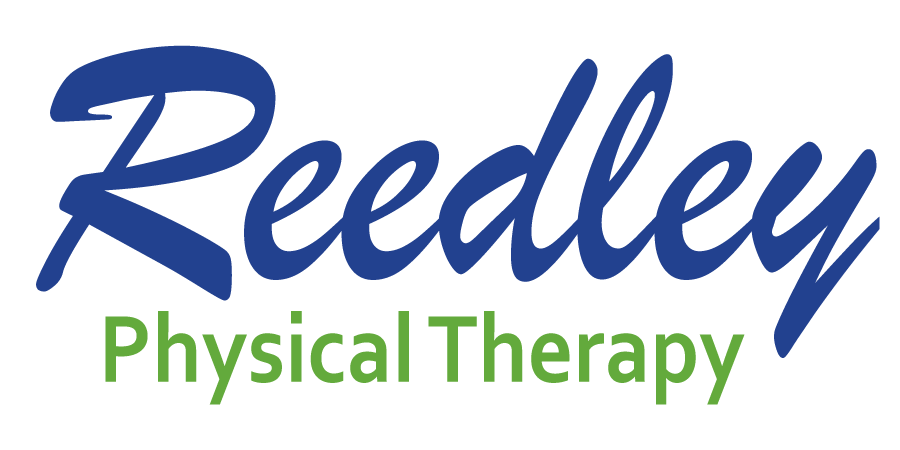Movement is Medicine: Getting the Diagnosis Right
Most of us live with some minor aches and pains, some more persistent than others, but all too often they go untreated. These relatively minor issues can easily devolve into something more serious, especially when they are misdiagnosed. One of the most commonly misdiagnosed pains is an inflammatory condition referred to as tendonosis.
Unlike tendonitis, which is defined as an acute onset of inflammation in a tendon, tendonosis is characterized by comprehensive degeneration of a tendon which has been in a state of recurrent inflammation over a long period of time. This more chronic condition is easily confused with tendonitis, but should be treated differently in order to heal it successfully.
The best questions to ask yourself about the pain you are having, in order to differentiate your ‘minor pain,’ with something requiring more immediate attention are as follows:
- Does the pain feel worse when first getting out of bed in the morning?
- Does the area feel better after it has warmed up?
- Does the area feel ‘beat up’ or swollen after exercise?
- Is the area sensitive to touch, do you jump when someone touches you?
If you answered yes to even 2 out of the 4 questions, then there is a strong chance you are dealing with a tendonosis instead of a tendonitis. The most common areas to experience tendonosis are the achilles heel, hip region, shoulder and elbow. That sounds like bad news, but it isn’t. Despite the overwhelming number of cases which are misdiagnosed or mistreated, there are good solutions for these problems. The best things that you can do to initially treat this condition are:
- Rest the injured area and the surrounding tissue. If your shoulder is irritated by playing tennis, spending a few days away from the court is not enough, take time off of all activity which requires the use of the injured body region
- Brace the area if necessary. If you’ve stayed away from the tennis club and the gym, but continue to feel irritation, consider something like a shoulder sling, or some equivalent for other parts of the body.
- Start treatment with some basic eccentric exercises. These can be googled for different body parts, but the basic idea is to focus on the slow lengthening of the injured muscle/tendon, not the shortening phase.
These are all just initial steps of course, because if you want answered yes to one, or all, of the previous questions, you should definitely get evaluated by a Physical Therapist who can more accurately diagnose the issue, identify impairments that may have contributed to the particular pain and/or dysfunction, and finally treat the condition comprehensively and completely.
If you have any questions about this article, contact Dr. Chris Telesmanic, PT, DPT, OCS at chris@reedleyphysicaltherapy.com. Learn more about movement, fitness and health in this space each week or by visiting www.alliancehealthfresno.com, or calling 478-5833.
This article first appeared in the Hanford Sentinel, Movement is Medicine column, written by Alliance Health.


